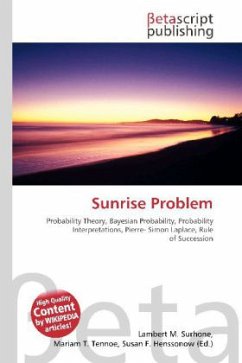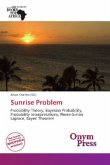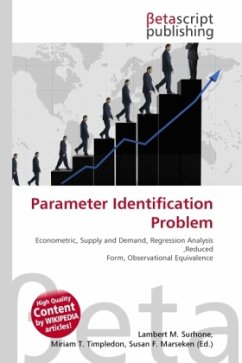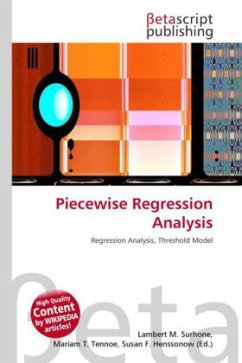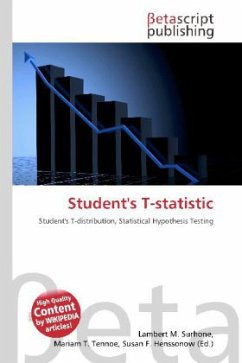Please note that the content of this book primarily consists of articles available from Wikipedia or other free sources online. The sunrise problem can be expressed as follows: "What is the probability that the sun will rise tomorrow?" The sunrise problem illustrates the difficulty of using probability theory when evaluating the plausibility of statements or beliefs.According to the Bayesian interpretation of probability, probability theory can be used to evaluate the plausibility of the statement, "The sun will rise tomorrow." We just need a hypothetical random process that determines the fact that the sun will rise tomorrow or not. Based on past observations, we can infer the parameters of this random process, and from there evaluate the probability that the sun will rise tomorrow. The sunrise problem was first introduced in the 18th century by Pierre-Simon Laplace, who treated it by means of his rule of succession. Let p be the long-run frequency of sunrises, i.e., the sun rises on 100 × p% of days. Prior to knowing of any sunrises, one is completely ignorant of the value of p. Laplace represented this prior ignorance by means of a uniform probability distribution on p.

